I’m finally catching up on my blog posts and wanted to share my experience visiting Bangkok in October 2018. I visited during my work break since I avoid traveling in China over Mid-Autumn Festival. This trip was my first time to Thailand and Southeast Asia. From Tianjin there was a direct flight on Air China to Bangkok, which made the trip convenient since it was non-stop and around a 5-hour flight.
For my first trip to Thailand, I decided to focus only Bangkok since I had only one-week of vacation time. Bangkok is a busy city with a ton of places to visit. Since this was my first trip to both Bangkok and Thailand, I decided to take a few tours while I was there. I’m happy I did since the tours provided a great overview of the city.
Towards the beginning of my trip, I went on the Best of Bangkok Private Tour from Withlocals. The guide I selected for this tour was Tuangtip and she was fantastic! Tuangtip was incredibly knowledgeable about Bangkok and enthusiastic with sharing her city. This was predominately a walking tour but did include some local transportation.


The tour began at Wat Traimit, which is home to the famous 5 ½ ton gold Buddha. Luckily the temple was not that busy since it was still early in the morning. According to Tuangtip, the temple becomes much busier in the afternoon!


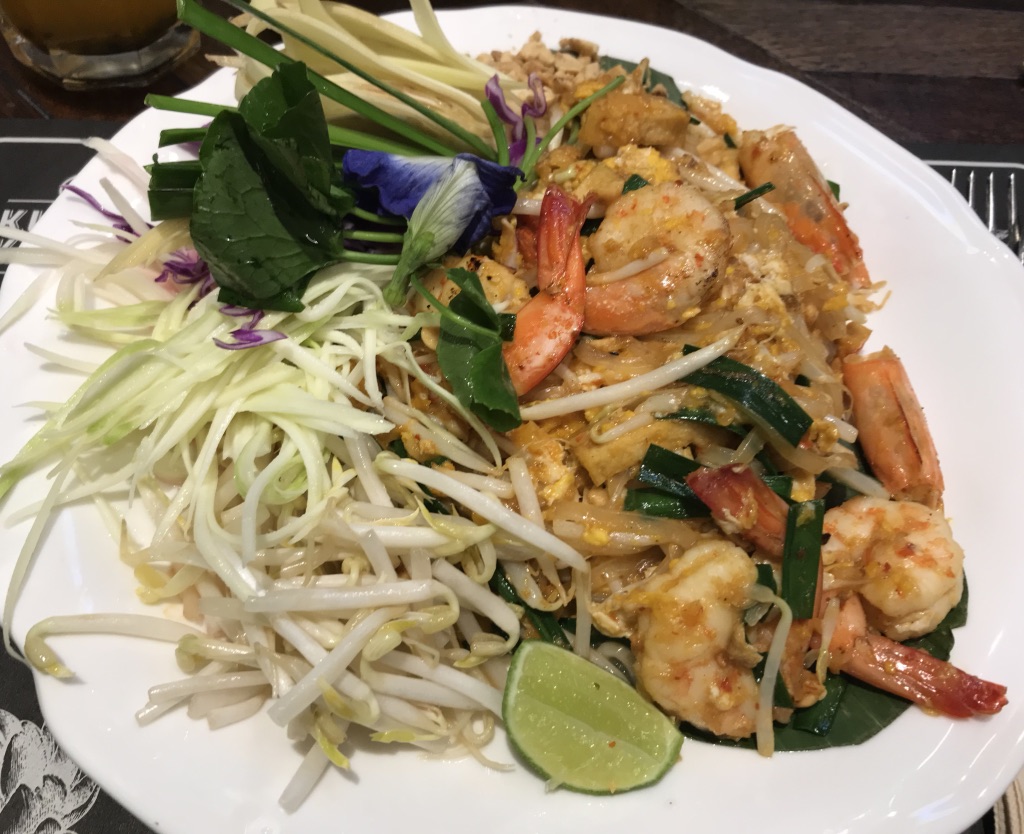
From the temple we headed to Chinatown’s fresh market. This is a popular destination for gold and restaurants in the city. This is nearby to the famous Pak Klong Talad Flower Market. The market is open all day and a busy destination for both locals and tourists. Most locals visit the market to purchase flower offerings for the temples.
The tour also visited Wat Pho, which is busy all times of the day. Wat Pho is interestingly home to the traditional Thai massage. The main site to visit at Wat Pho is the famous reclining Buddha. One thing Tuangtip did warn me of was potential pickpockets. The temple is incredibly busy with foreign tourists and there is a high probability of pickpockets here. I made sure to keep close watch of my purse and camera while visiting the temple.

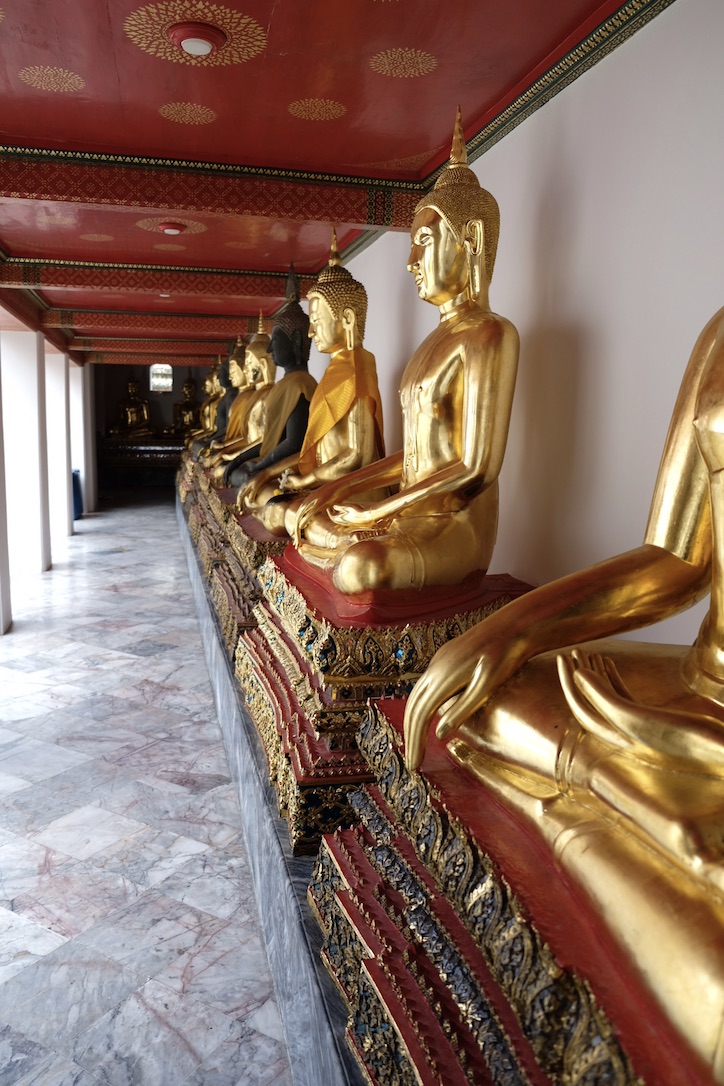

After Wat Pho we had lunch at a local restaurant and then headed to the Golden Mount, also known as Wat Saket. Golden Mount is a man-made hill in Bangkok and provides 360-degree views of the city. The walk to the top is relatively easy, even with 344 steps. The Golden Mount dates back to the Ayutthaya era.
Towards the end of the tour, it of course started pouring. It actually rained every day during my trip in Bangkok. We then stopped at a local Thai tea shop to avoid some of the rain. I was really impressed with my tour and first Withlocals experience. This was a great introductory day and tour to Bangkok. I
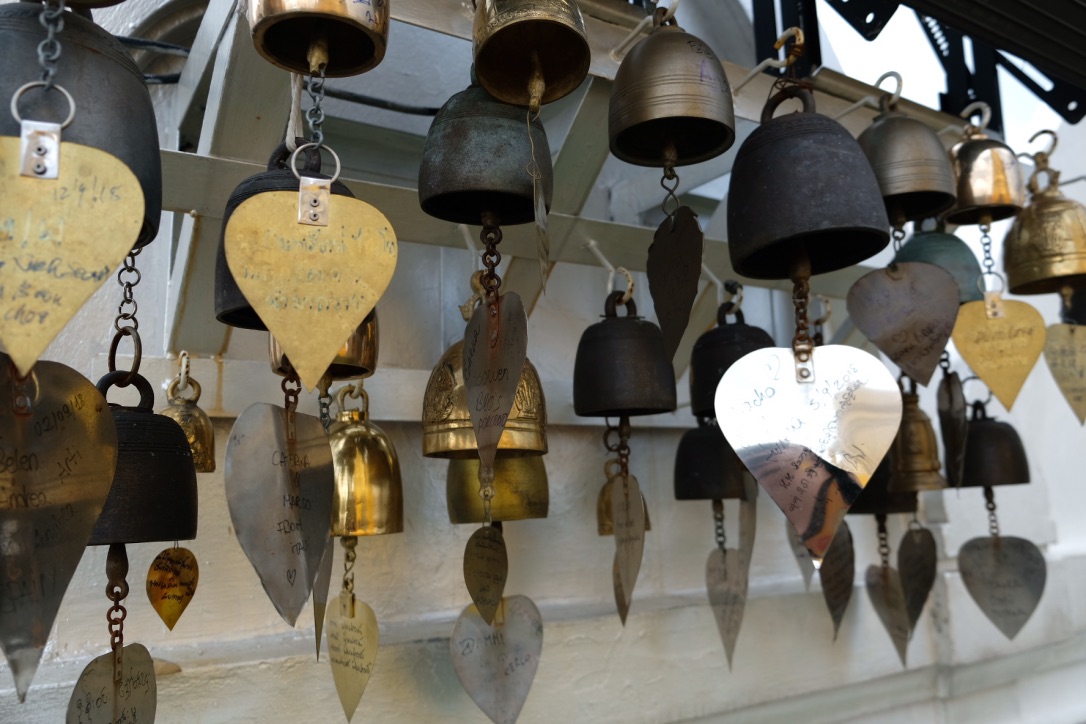


Since I was traveling on my own, I also went on a food tour in Bangkok. I’ve found food tours are a great way to try a variety of food, especially on your own. I went on the Bangkok Midnight Food Tour with Bangkok Food Tours. The great thing about this food tour is that it utilized tuk tuks, which made traveling around Bangkok much easier.
Olive was the tour guide for with Bangkok Food Tours. I thought Olive was fantastic and we often shared the same tuk tuk during the tour. Olive knew a lot of information about Bangkok and the foods we tried. Most of the food was excellent during the tour and there were a lot of different dishes to taste throughout the night. Surprisingly my least favorite dish of the night was the Pad Thai (and I normally love Pad Thai!).
The one thing I really appreciated with Olive was that she made sure everyone tried each dish and there was enough food for each person. My only complaint about the food tour was the group size. My tour had 10 people, but Olive noted the maximum is usually 12. I thought the group of 10 was a bit large, especially for a food tour. I did like though the tour provided transportation back to the hotel afterwards with the tuk tuck.
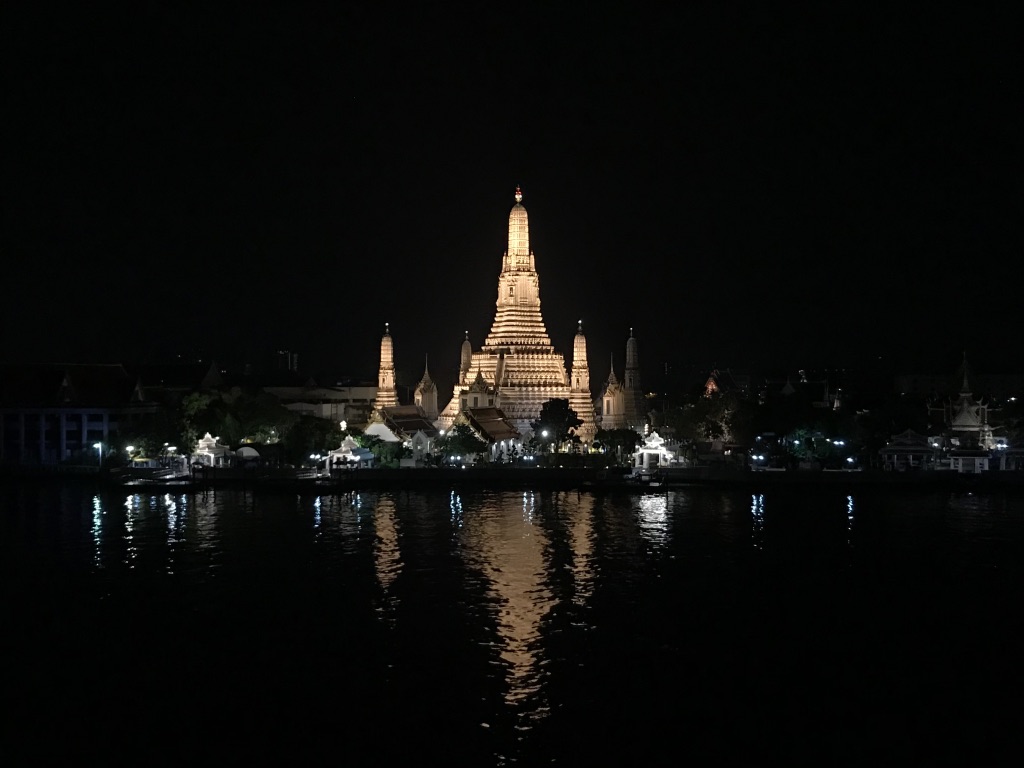





During my time in Bangkok, I also ventured outside the city to nearby Ayutthaya for a day trip. Ayutthaya was the former center for the Siamese kingdom from 1350 to 1767. Previously Ayutthaya was also the major hub for international trade in the region. Due to civil wars and invasions, the area was destroyed and the governmental authority moved. Today Ayutthaya has become a popular destination for day trips from Bangkok.
I utilized Withlocals again for this trip and went on the Magical Ayutthaya Day Trip. The guide I selected for this tour was Big and he was incredibly knowledgeable and down-to-earth. The tour was a bit pricier for the day (around $300), but included all the entrance tickets, private guide, driver, and a A/C car. In the end the price was well worth it for everything included.

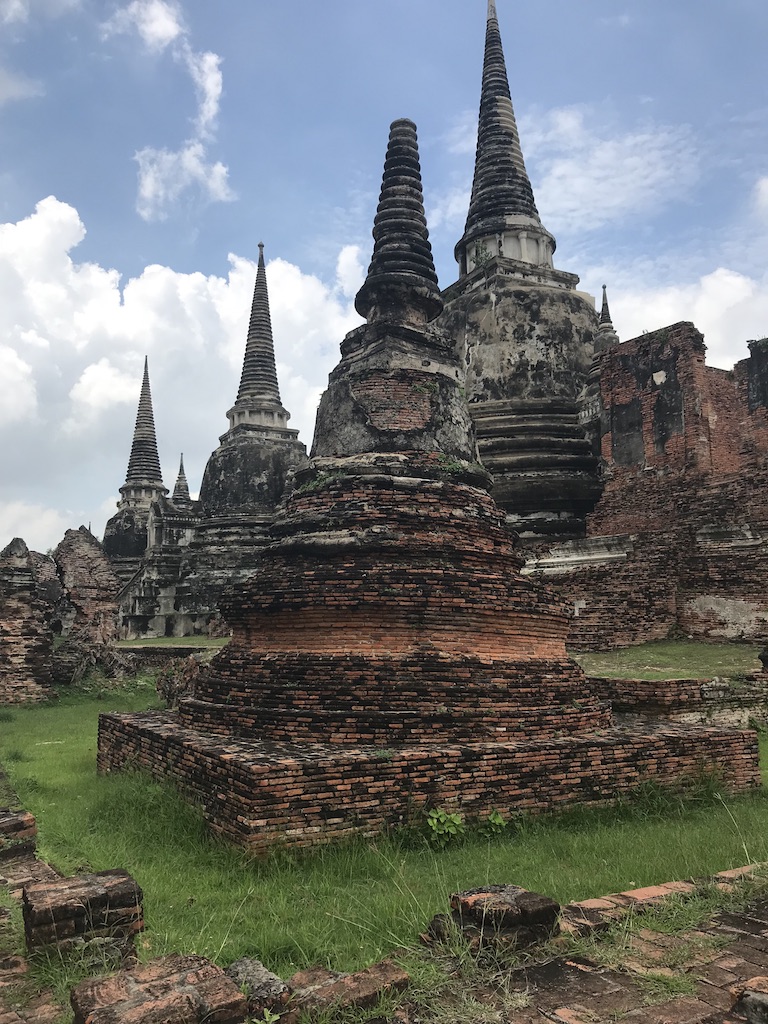

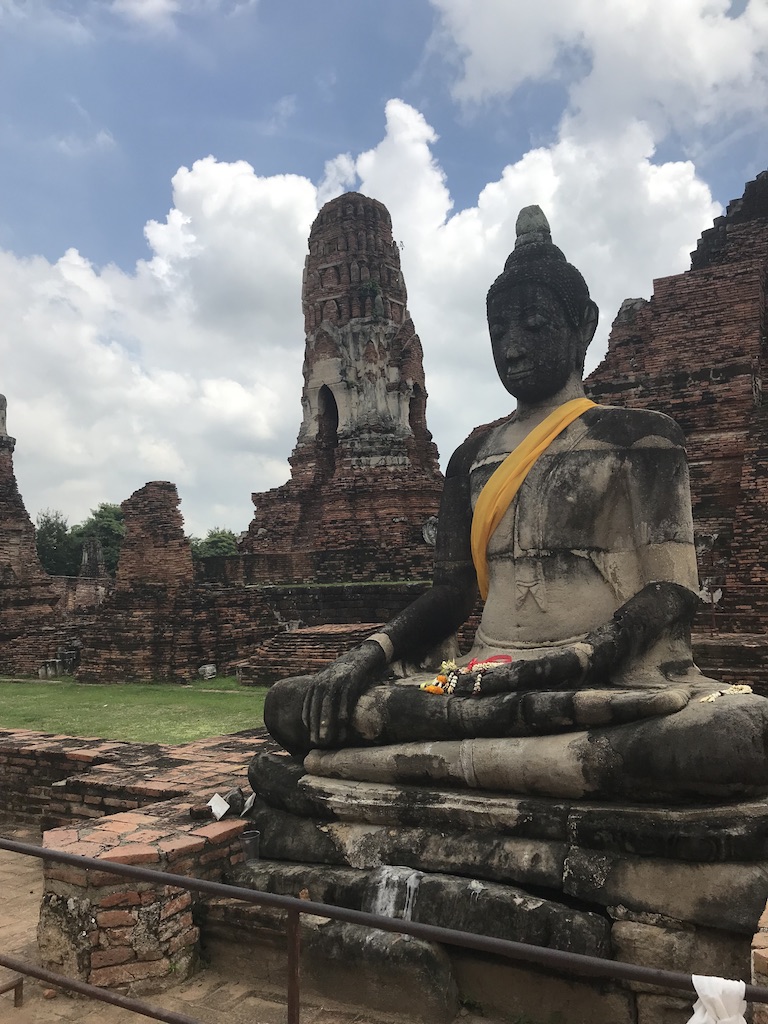

During the tour we visited three different Wats. The tour visited Wat Phra Sri Sanpetch, Wat Maha That, and Wat Worachet Tharam Temple. Each temple is unique, and all seem to be slowly going through a restoration process. We visited most of the temples in the morning since the afternoon is usually busier.




The tour also included a slow boat ride around Ayutthaya island. From the water you could even see some of the temples. After the boat tour we also had a late lunch on the water at a local restaurant. Lunch was not included but was fantastic. Here I also purchased local grilled prawns, which were gigantic and almost like small lobsters. At the end of the day, we stopped for snacks and saw how Roti Saimai is made. This is a super sweet snack but incredibly popular in the region.
Overall, I had an interesting time in Bangkok. The one thing to remember is that Bangkok can be hot and humid! A few of the days I decided to walk around on my own since the heat really wears you down. I actually ended up canceling a cooking class during my trip since the heat became a bit overwhelming. Most days the heat index was over 100 degrees Fahrenheit and the humidity was over 90%. I really enjoyed my time though in Bangkok and would love to visit Thailand again. Bangkok is an interesting city and a great way to spend a one-week trip in Southeast Asia.



Accommodation: InterContinental Bangkok
During my time in Bangkok, I stayed at the InterContinental Bangkok. This was the perfect base hotel for my stay. The location was great, easy to walk to nearby restaurants and shops. Right near the hotel is an elevated walkway that provides easy access to the Skytrain and local malls.

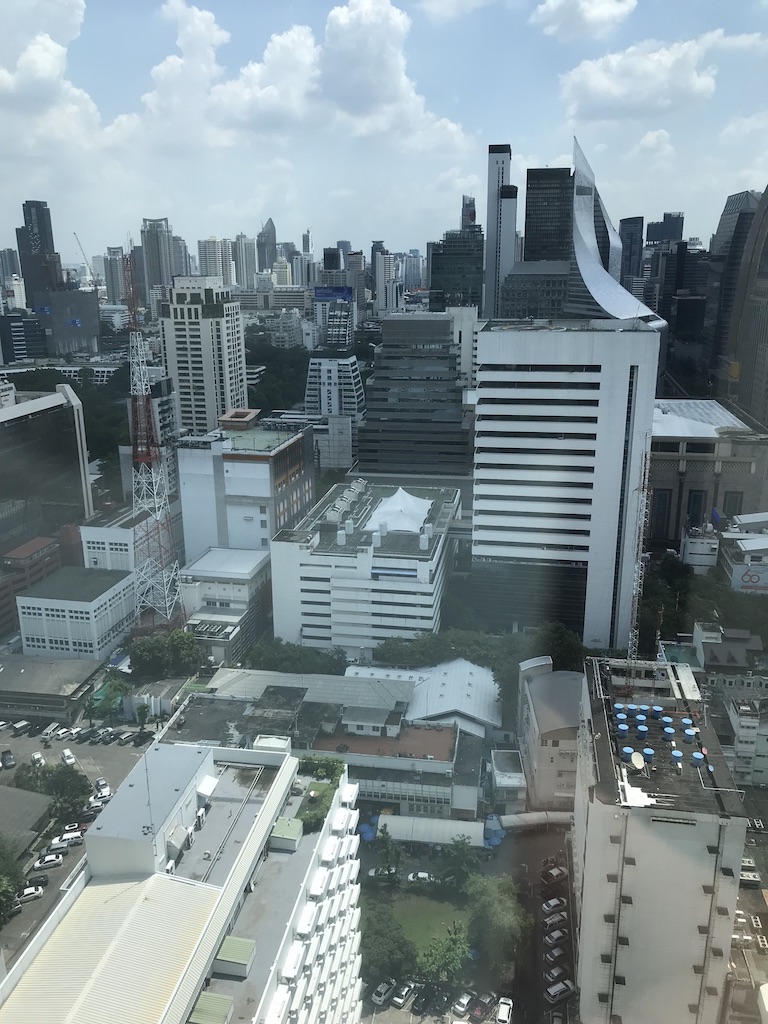
All the employees I encountered were friendly and provided fantastic service. Every time you walked into the hotel you were immediately greeted. Even before I arrived, the hotel was helpful in providing transportation information and setting up a driver to pick me up from the airport. Upon arrival at the hotel someone greeted me at the car and made sure my check-in went quickly since it was after midnight.


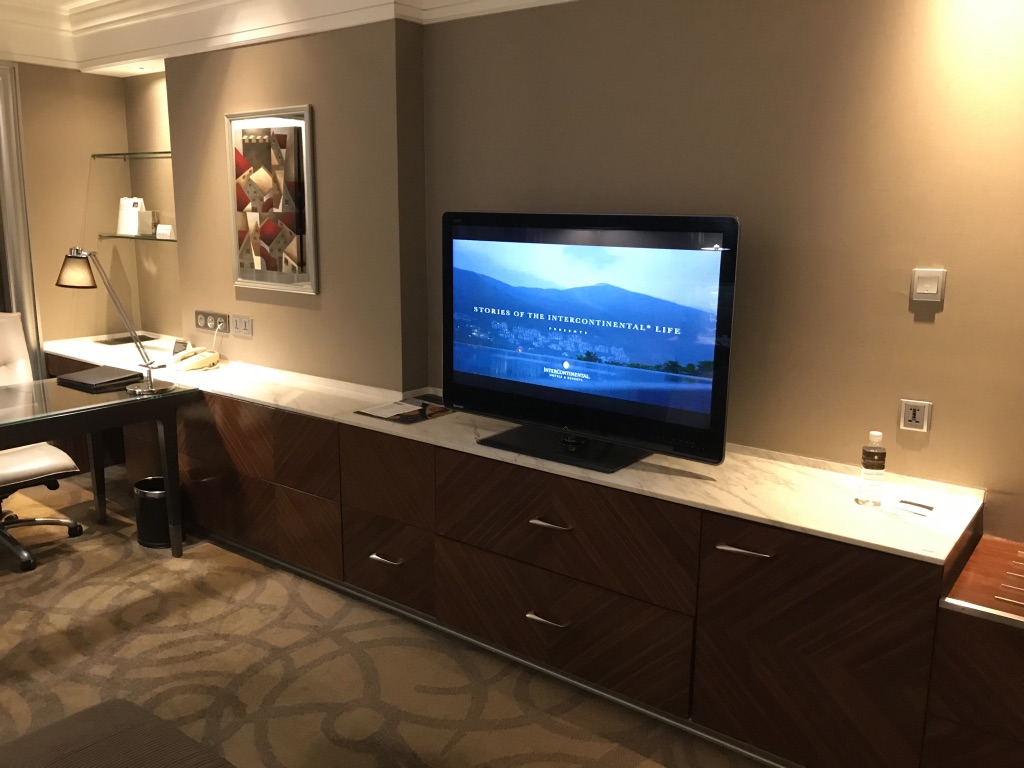
My hotel package did include breakfast, which I made sure to utilize for the fresh fruit and freshly squeezed juices. Every InterContinental I have stayed at in Asia has a fantastic buffet breakfast!



I was impressed by the level of service I encountered during my stay. Everyone was incredibly friendly at the hotel. Overall, I found the hotel to be an excellent experience in Thailand. I would stay here again if visiting Bangkok.
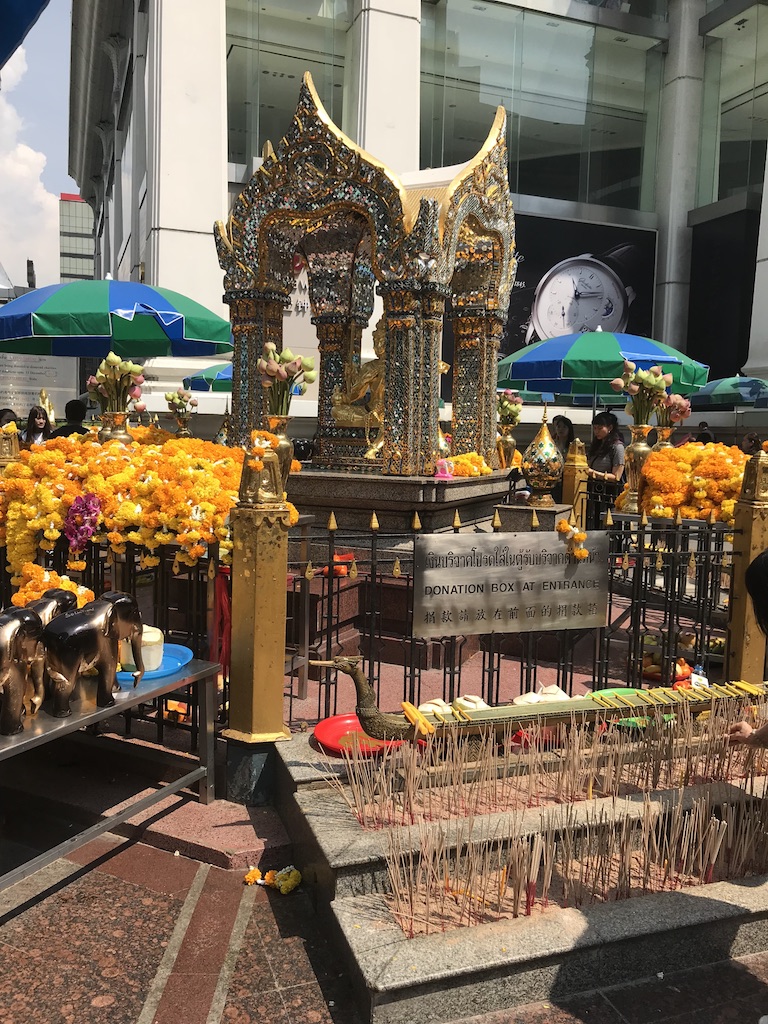
 Even though I have lived in China for over three years now, I haven’t spent much time traveling around the country. Most holidays I travel outside of China to avoid the crowds. So in September 2018, I had a week off from teaching and I decided to travel to Chengdu.
Even though I have lived in China for over three years now, I haven’t spent much time traveling around the country. Most holidays I travel outside of China to avoid the crowds. So in September 2018, I had a week off from teaching and I decided to travel to Chengdu.


















 My final stop after staying in Kyoto was Tokyo. I again used the Shinkansen to reach Tokyo with my Japan Rail Pass. The train ride between Kyoto and Tokyo takes a couple hours through the country side and also passes Mt. Fuji.
My final stop after staying in Kyoto was Tokyo. I again used the Shinkansen to reach Tokyo with my Japan Rail Pass. The train ride between Kyoto and Tokyo takes a couple hours through the country side and also passes Mt. Fuji.



















 From Osaka I headed to Kyoto by Shinkansen. Shinkansen is Japan’s high-speed train system connecting most of the country. I found transportation in Japan to be easy to use and to navigate. During my time in Kyoto I utilized the Japan Rail Pass. The Japan Rail Pass gave me access to JR trains and transportation, which were convenient to most tourist sites in Kyoto.
From Osaka I headed to Kyoto by Shinkansen. Shinkansen is Japan’s high-speed train system connecting most of the country. I found transportation in Japan to be easy to use and to navigate. During my time in Kyoto I utilized the Japan Rail Pass. The Japan Rail Pass gave me access to JR trains and transportation, which were convenient to most tourist sites in Kyoto.















 Besides the location of the hotel, the price was good! Kyoto hotels are fairly expensive, yet Ibis was budget friendly and modern feeling. This was my first time staying at an Ibis property and I wouldn’t shy away from their properties in the future.
Besides the location of the hotel, the price was good! Kyoto hotels are fairly expensive, yet Ibis was budget friendly and modern feeling. This was my first time staying at an Ibis property and I wouldn’t shy away from their properties in the future.